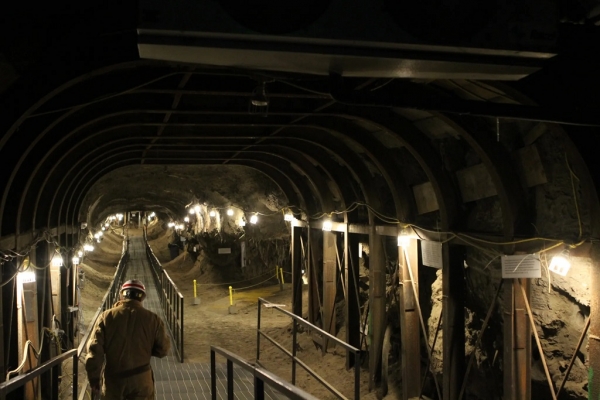Earth’s far northern reaches have locked carbon underground for millennia. New research paints a picture of a landscape in change.
A new study, co-authored by NASA scientists, details where and how greenhouse gases are escaping from the Earth’s vast northern permafrost region as the Arctic warms. The frozen soils encircling the Arctic from Alaska to Canada to Siberia store twice as much carbon as currently resides in the atmosphere — hundreds of billions of tons — and most of it has been buried for centuries.
An international team, led by researchers at Stockholm University, found that from 2000 to 2020, carbon dioxide uptake by the land was largely offset by emissions from it. Overall, they concluded that the region has been a net contributor to global warming in recent decades in large part because of another greenhouse gas, methane, that is shorter-lived but traps significantly more heat per molecule than carbon dioxide.
Read more at: NASA Goddard Space Flight Center
The Permafrost Tunnel north of Fairbanks, Alaska, was dug in the 1960s and is run by the U.S. Army’s Cold Regions Research and Engineering Laboratory. It is the site of much research into permafrost — ground that stays frozen throughout the year, for multiple years. (Photo Credit: NASA/Kate Ramsayer)
Sci/Tech Top Stories Climate

